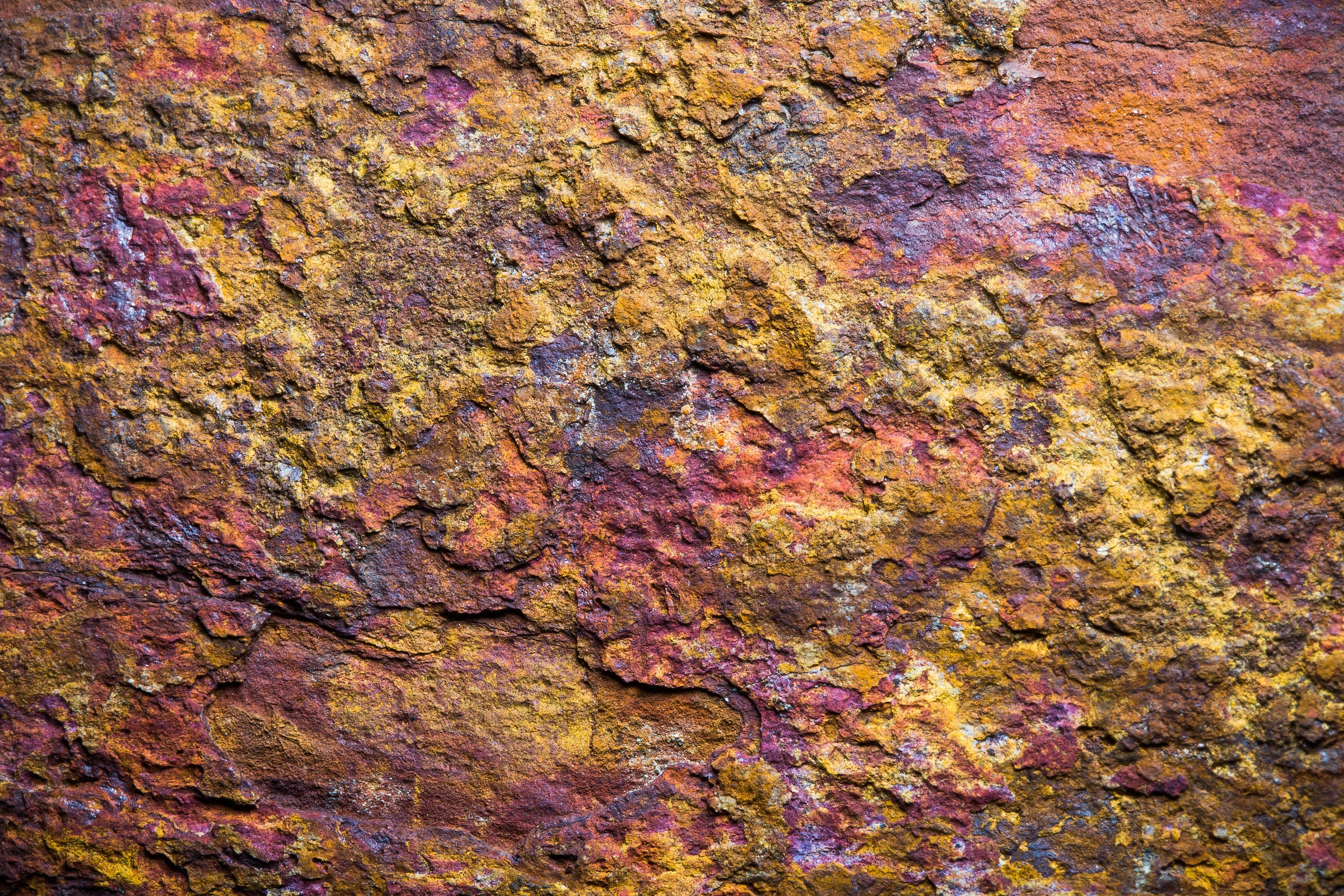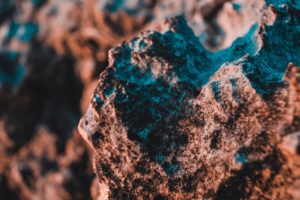Metallic minerals are minerals which contain one or more metallic elements. Metallic minerals occur in rare, naturally formed concentrations known as mineral deposits. There are over 300 metallic minerals, the majority being sulfides and sulfosalts (60%) followed by oxides (25%) and native elements (10%). Metallic minerals can be divided into ferrous and non-ferrous metallic minerals. Ferrous minerals are one that contains iron and non-ferrous are one that do not contain iron. Examples of metallic minerals are manganese, iron ore, bauxite, copper, gold, silver, platinum group metals, nickel, cobalt, coltan (columbite–tantalites or tantalite) and zinc.
Metallurgical Industries
Metallic minerals feed into Metallurgical Industrial Value Chains.
Coltan Produces Tantalum
Tantalum from coltan is used to manufacture tantalum capacitors which are used for mobile phones, personal computers, automotive electronics, and cameras.
Products from Metallic Minerals Value Chains
Most of the general things we use in our homes on a daily basis are objects that are made of metal. Most of the metals come from minerals. The list below presents a few minerals that are metal ores and the products that come from them – Metallurgical Industrial Value Chains Products:
- Iron and steel minerals: Magnetite, Hematite, Goethite, Limonite, Siderite – used for metal shelves or cabinets, metal sinks, faucets, scissors, nails, screws, tools, etc.
- Aluminum minerals: Gibbsite, Boehmite – used in aluminum cans, foil, frames for windows and doors, CDs and DVDs, computers, LEDs for flashlights, siding for buildings, parts for transportation (cars, bikes, boats, planes), paint, fireworks, cooking utensils, etc.
- Copper minerals: Native Copper, Chalcopyrite, Chalcocite – used for electrical wiring, circuit boards for electrical devices, pipes for water and gas, coins, roofing, pots and pans. Copper is used in making brass and bronze.
- Zinc minerals: Sphalerite – used for galvanized coatings to protect metals from corrosion, and for electric batteries. Zinc is also used in the making of brass and bronze. Zinc oxide is used for white paint, sun block, and in making rubber.
- Chromium minerals: Chromite – used for shiny coating on faucets, car parts, etc. Added to iron to make stainless steel.
- Tungsten minerals: Wolframite, Scheelite – used for incandescent and fluorescent lights.
- Gold minerals: Native Gold, Pyrite, Chalcopyrite – used in jewelry and corrosion resistant electrical components.
- Diamond: a form of Carbon as one of the hardest substances found in natural form. It is very lustrous – used for ornaments. Also used for cutters in industries due to its hardness characteristic.
- Silver minerals: Native Silver, Argentite, Galena – used in jewelry and photographic film.




